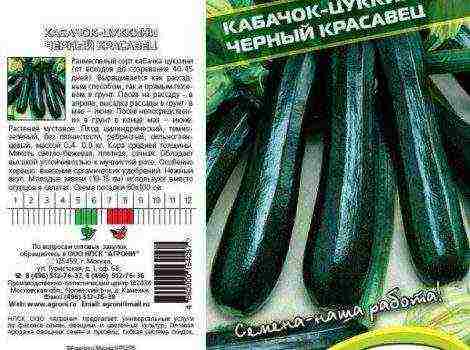Content
7 ways to store garlic at home in winter
Garlic has long been an essential ingredient in many dishes and folk recipes. In order to have fragrant and fresh heads on hand all year round, you need to know how and where to properly store them at home in the winter.
How can you store garlic at home during the winter?
There are several common storage methods for this vegetable to keep it edible until the next harvest.
As a rule, the following places are chosen for this:
- underground;
- balcony;
- refrigerator;
- dry places in the apartment.
It is more convenient for owners of private houses to choose an underground floor, since there may not always be enough space in the refrigerator. The presence of a dry place in an apartment or house is perfect for placing garlic braids and bunches or hanging a net. The glassed-in balcony is a great place for "wintering" this vegetable in jars and boxes.
Storage in braids
The time-tested method is it is a braided braid made from stem-dried heads. The finished braid is left in a dark and dry room. A closet or pantry is suitable for this. Garlic braids take up very little space, but they require skill and dexterity to weave the stems together well.
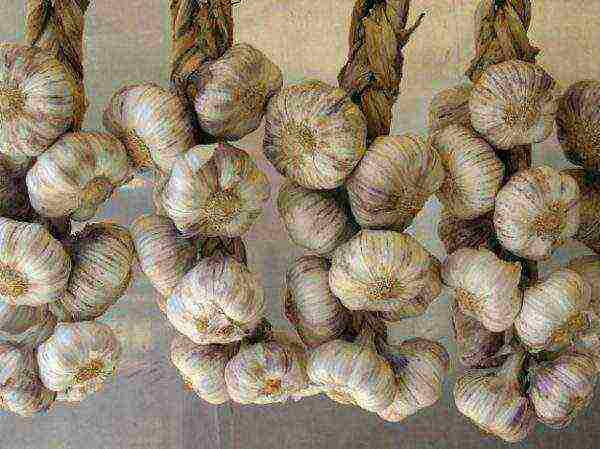
Storage in bundles
The heads dried with stems are tied into a bundle with a rope and hung in a dry room. The method is practically no different from the previous one, and the beams can also act as interior decoration.
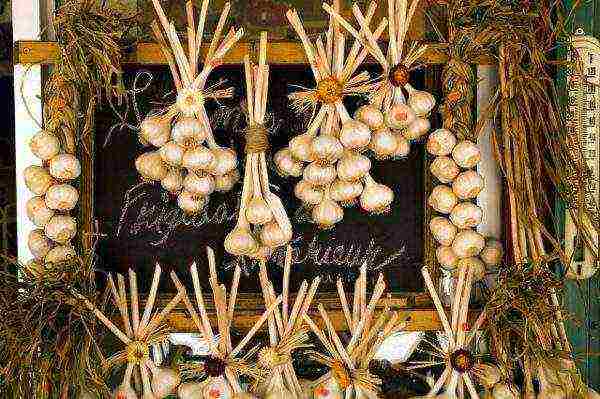
Using cans and boxes
Many people choose three-liter jars for wintering a vegetable, without filling the heads with anything. This prevents it from drying out and germinating. Banks must be placed in the refrigerator or on the balcony.
To keep the garlic in the box, you need to sprinkle the bottom with salt, then lay out some of the heads, sprinkle with salt again and spread out layer by layer in this way. This option allows the vegetable to remain fresh and juicy for a long time.

Waxing
This method avoids germination and the appearance of parasites. Waxing is the alternate lowering of young heads into paraffin. It forms a protective film around them, which prevents damage to the product. The shelf life in a paraffin casing can be up to six months.
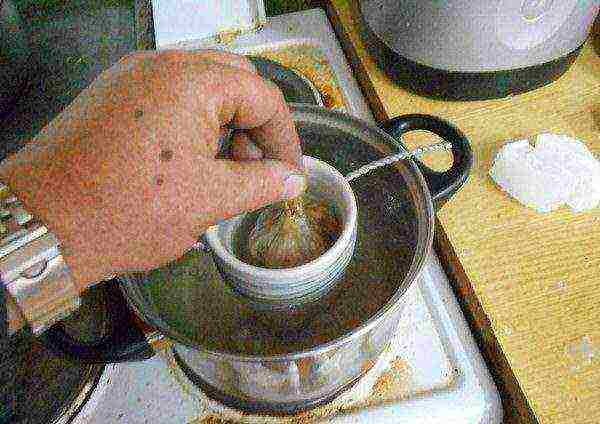
Storage in bags
For this, bags made from natural materials are used. RIt is recommended to periodically go through the contents of the bagto remove spoiled heads.
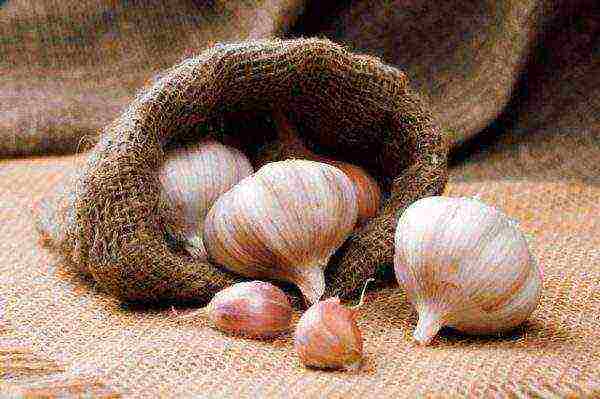
Refrigerated storage in a city apartment
To leave a vegetable for the winter in the refrigerator, it need to dry well, put in paper bags and put separately from other products.
Freezing and preserving
You can freeze whole peeled cloves, wrapped in foil or cling film, or finely chopped to shorten the cooking time when using them. This option is suitable for those who use the vegetable less often in cooking, since freezing changes the taste and structure of this product.
For preservation, you can use wine or vinegar. To do this, the peeled cloves are placed in a jar and poured with dry wine or white vinegar. A tightly closed jar is placed in the refrigerator. The method allows the garlic not to spoil for up to four months.
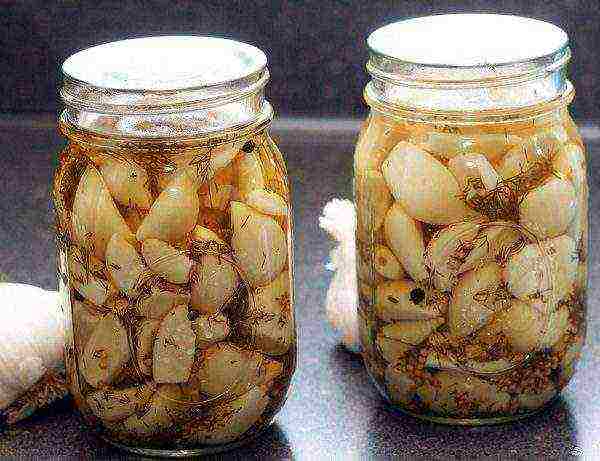
How to properly prepare a crop for storage?
Proper preparation is a guarantee that the product does not deteriorate in the winter in a city apartment.
Preparation for wintering should begin with the harvesting phase. It is important to know that there are two types of garlic that determine the timing of its collection:
- Winter:
- collection time: end of July;
- determination of readiness: the leaves turn yellow, the scales become thinner, the skin of the inflorescences begins to crack;
- storage temperature: + 1-3 °;
- Spring:
- collection time: first half of August;
- determination of readiness: the leaves turn very yellow and begin to bend over and lie on the ground;
- storage temperature: + 16-20 °.
Digging must be done carefully, since damaged heads deteriorate much faster than whole ones and are more susceptible to the development of bacteria. For this purpose, a pitchfork or a shovel is used.

After digging up, dry the garlic well. It is better to do this in the open sun. The stems must be cut off, except when braids or bundles are expected to be woven.
After harvesting, you need to get rid of all:
- damaged heads;
- rotten or infected with bacteria;
- empty heads.
After carrying out all the above manipulations, you can start sending the vegetable for the winter.
Storage problems
The most important and practically the only problem that can arise during wintering is damage to the heads. It can happen for several reasons.
First of all, this is a fungal infection. This can be avoided by very careful sorting. Also, the product may deteriorate due to improper storage conditions.
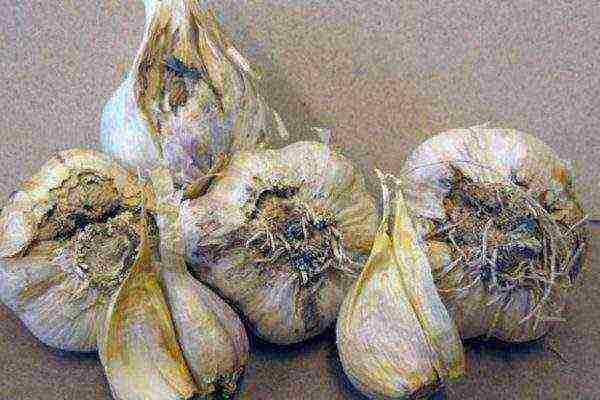
Determine the spoilage allow the following signs:
- an unpleasant smell, reminiscent of overcooked garlic;
- the presence of rotten slices or whole heads.
In order for garlic to remain suitable for consumption in the winter season as long as possible, it is necessary to strictly observe the algorithm for preparing for wintering and the conditions of the method chosen for this purpose.
Storing garlic for the winter at home is quite simple. The main thing is to comply with all preparation measures and choose the most suitable method for yourself. Having followed all the established recommendations, you can delight yourself with a tasty and juicy vegetable until the next harvest.
